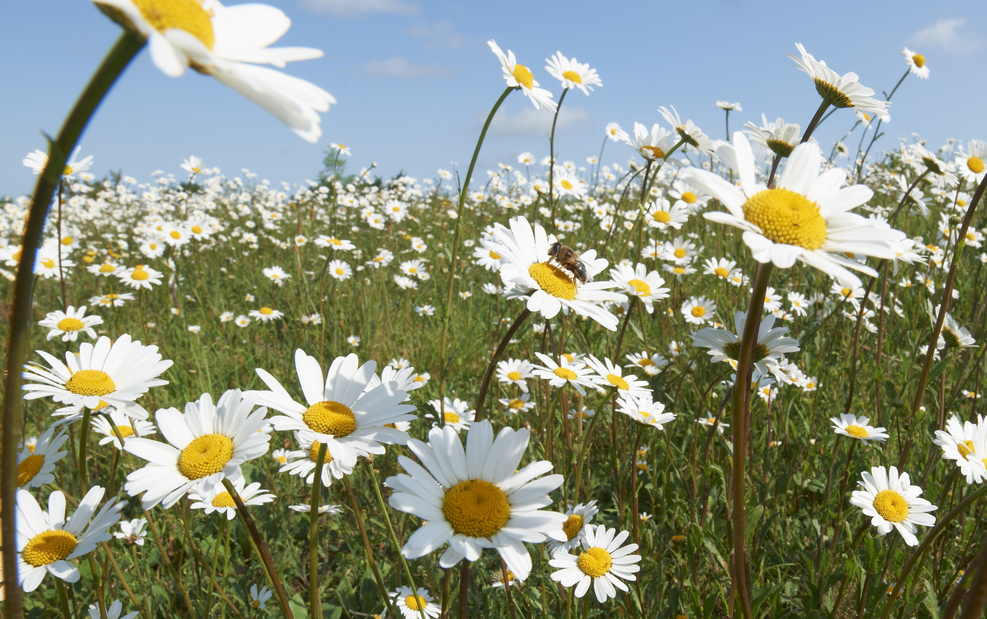Allergy, 2018 June 5. DOI: 10.1111/all.13494 [Epub ahead of print]
BACKGROUND: The use of allergen immunotherapy (AIT) for allergic rhinitis and its clinical efficacy in clinical trials depends on the effective determination of pollen allergen exposure time periods. We evaluate pollen data from Germany to examine the new definitions on pollen season and peak pollen period start and end as proposed by the European Academy of Allergy and Clinical Immunology (EAACI) in a recently published Position Paper. The aim was to demonstrate the ability of these definitions to mirror symptom loads for grass and birch pollen-induced allergic rhinitis based on real-life data.
METHODS: Data coming from four pollen monitoring stations in the Berlin and Brandenburg area in Germany and for 3 years (2014-2016) were used to investigate the correlation of season definitions, birch and grass pollen counts and total nasal symptom and mediation scores as reported by patients in “Patients Hay fever Diaries” (PHDs). After the identification of pollen periods on the basis of the EACCI criteria, a statistical analysis was employed, followed by a detailed graphical investigation.
RESULTS: The analysis revealed that the definitions of pollen season as well as peak pollen period start and end as proposed by the EAACI are correlated to symptom loads for grass and birch pollen-induced allergic rhinitis reported by patients in PHDs.
CONCLUSION: Based on our analysis, the validity of the EAACI definitions on pollen season is confirmed. Their use is recommended in future clinical trials on AIT as well as in daily routine for optimal patient care.




